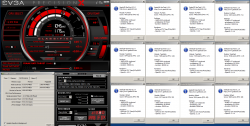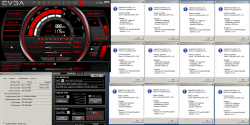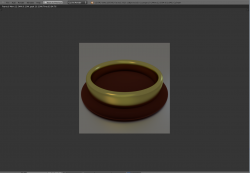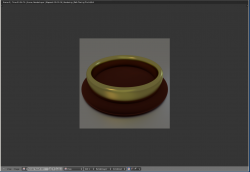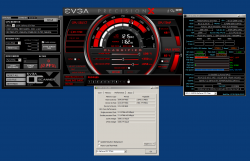Yes, it's like I said before, What I'll do open the file (
PPBM6.prproj) and copy/paste/copy/paste that existing fie into a
lengthier one so it will equate to a 60 min. long (instead of the 52 sec. one that it's currently at). I'll then just send you the adjusted PR file so all you have to do is just open it and it will open up all the other linked files that you download from the (800+ MB file) link that I already provided a couple of days ago.
I may have to talk you through it over the phone on that one MTS file that for some reason won't connect automatically, but needs to be manually selected. It'll be faster doing on the phone then this back and forth thing with posting it here. But you tell me when you'll be ready for that this weekend or whenever it is that you'll be ready for this test. In the mean time I'm going to get that adjusted file ready and post it when I get a chance hopefully today. Until then, later...



